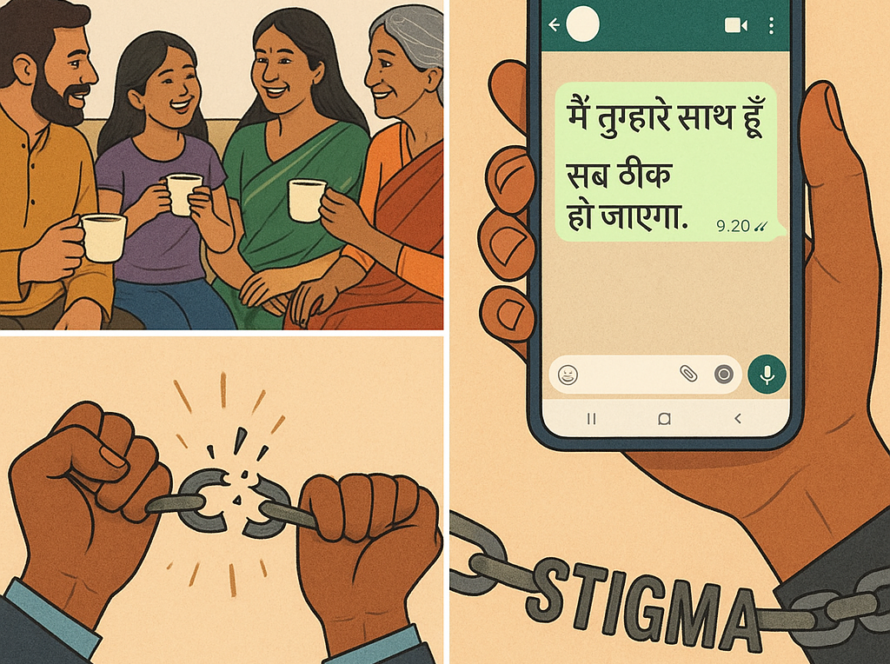Panic attacks can strike without warning, leaving individuals overwhelmed and terrified. These sudden surges of intense fear can be so severe that they mimic serious medical emergencies, making them especially distressing. However, understanding what panic attacks are and how to manage them can help individuals regain control and reduce their impact.
What Are Panic Attacks?
A panic attack is a sudden and intense episode of fear, often accompanied by overwhelming physical and emotional symptoms. These attacks can occur unexpectedly or be triggered by specific situations. While they are not physically harmful, they can feel life-threatening, often leading individuals to believe they are having a heart attack or losing control. Panic attacks are commonly associated with panic disorder but can also occur as isolated events or alongside other anxiety-related conditions.
Recognizing the Symptoms
Panic attacks can manifest through a combination of physical and psychological symptoms, including:
- Physical Symptoms: Racing heart, shortness of breath, chest pain, dizziness, sweating, trembling, nausea, and a choking sensation.
- Psychological Symptoms: Intense fear of losing control, an overwhelming sense of doom, detachment from reality (depersonalization), or fear of dying.
Symptoms usually peak within 10 minutes and gradually subside, but the fear of experiencing another attack can lead to heightened anxiety, creating a vicious cycle.
Why Do They Happen?
Panic attacks occur when the body’s natural “fight or flight” response is triggered unnecessarily. This can be influenced by factors such as stress, genetics, trauma, or even caffeine. For some, they happen once or twice; for others, they become a recurring issue, often linked to an underlying anxiety disorder.
Effective Ways to Manage Panic Attacks
Although panic attacks can feel overwhelming, there are proven strategies to regain control:
- Controlled Breathing: Slow, deep breathing can counteract hyperventilation. Try the 4-4-4 method: inhale for four seconds, hold for four, and exhale for four.
- Grounding Techniques: Engage your senses to stay present—name five things you see, four you can touch, three you can hear, two you can smell, and one you can taste.
- Cognitive Reframing: Remind yourself that the attack is temporary and not dangerous. Recognizing that it will pass can reduce its intensity.
- Lifestyle Adjustments: Regular exercise, a healthy diet, adequate sleep, and limiting stimulants like caffeine can lower overall anxiety levels.
- Professional Support: Therapy, particularly cognitive-behavioral therapy (CBT), and medication can be highly effective for recurrent attacks.
Moving Forward
Panic attacks can be frightening, but they are manageable. Understanding their nature and implementing coping strategies can significantly reduce their frequency and intensity. If they persist, seeking professional help can provide personalized solutions, paving the way for a calmer, more confident life.



